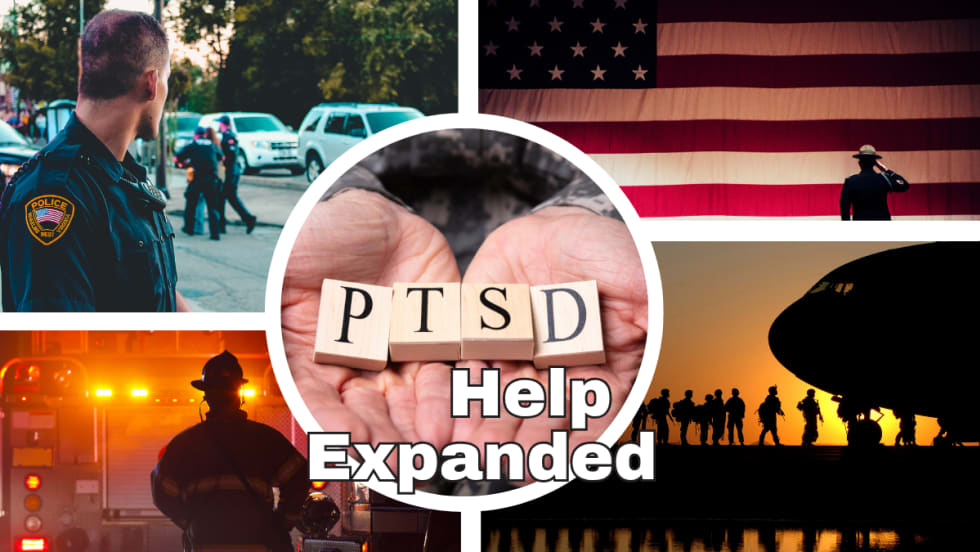2. Once you've determined the subject is a combat veteran, take extra safety precautions. Most veterans I know carry a weapon on them all the time—usually a knife, sometimes a Ka-Bar. But some of them will also have a firearm in a gym bag or in their vehicle somewhere. Remember: their M4 was their guardian angel for many years. They feel tremendously vulnerable without something to replace it. If you've been called to a veteran's home for a fight, domestic situation, or suicidal gesture, assume there are weapons and ammo in the house.
3. When a veteran decompensates, the situation can become violent very quickly. If at all possible, establish some distance between the subject and everyone else around him. Phrases such as, "Hey, let's give him some breathing room, folks, give the guy some air," can clear some people away without insulting the veteran. This type of non-confrontational response will also decrease the veteran's sense of threat, which is crucial in helping the veteran to feel safe.
4. Keep in mind that the veteran's actions may be somewhat or completely out of his conscious control at that moment. He's probably in nine kinds of pain and probably hasn't gotten the help he deserves. So if it is at all appropriate and feasible, thank him for his service. Even if you have to take him down and handcuff him, try to be as respectful as possible. Do what you can to help the veteran save face. Obviously, in a foot chase, you're not stopping to make nice. If the guy is threatening you, you're not thanking him for his sacrifice. But if, for instance, it's a suicide gesture or the guy is in an argument with someone, thanking him changes the tone of the encounter and builds rapport, which is key to de-escalation and resolution.
5. Combat veterans can have some pretty dramatic responses to being startled. My advice: minimize the surprises. You can't control noises on the street or what other people do, but if, for instance, you need to pull out a pad and pen, don't just suddenly reach into your pocket—his warrior brain may kick in and think you're attacking him. Cue him into what you're doing by saying, "I'm just going to take some notes."
6. A corollary to that is to do things that will calm him. For instance, maintain an exterior that looks relaxed and confident. Use supportive language. Control your own voice; he'll sense anger or disgust in your tone, which he'll interpret as being disrespectful. If one of his kids is crying or his girlfriend is screaming at him, find a way of separating him from that. Neurologically, he's torqued up, and additional stressors like that can escalate things unnecessarily.












